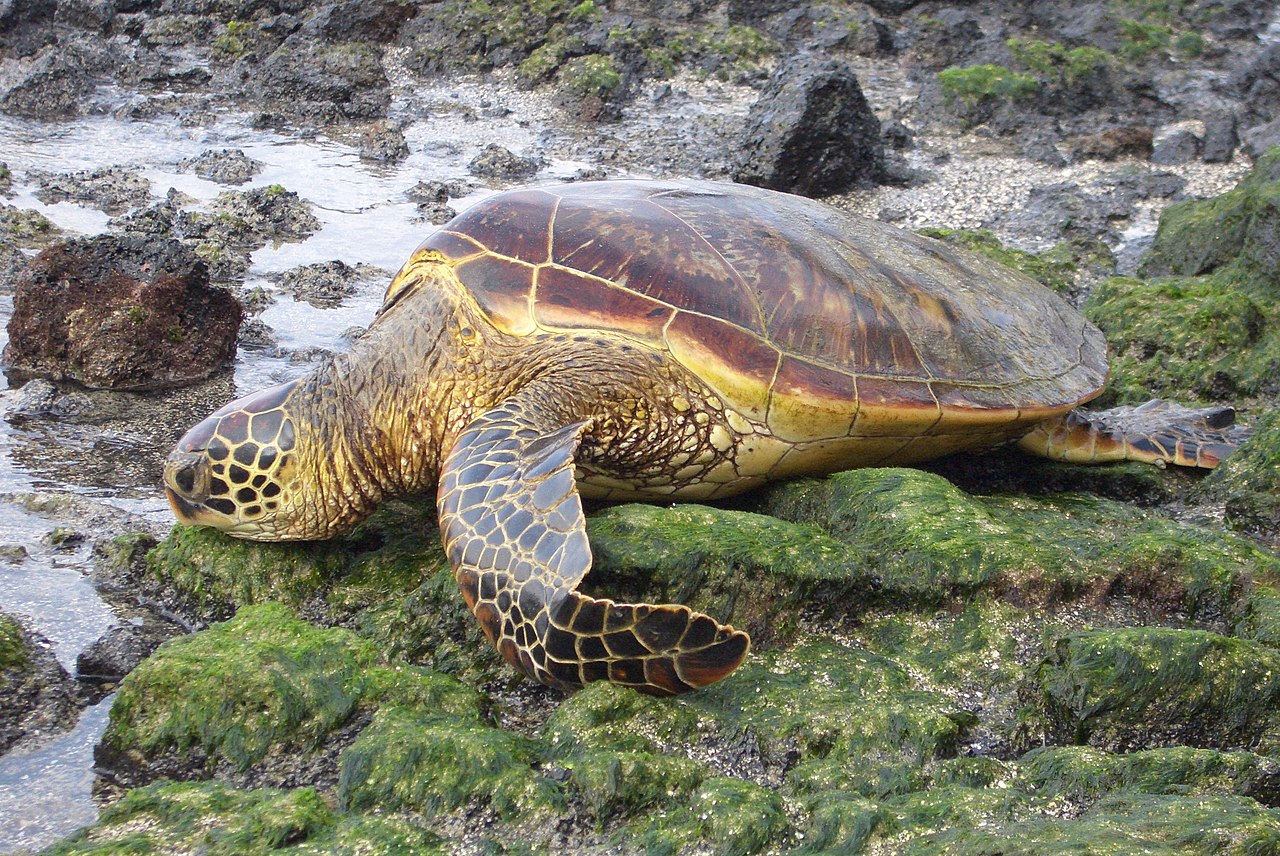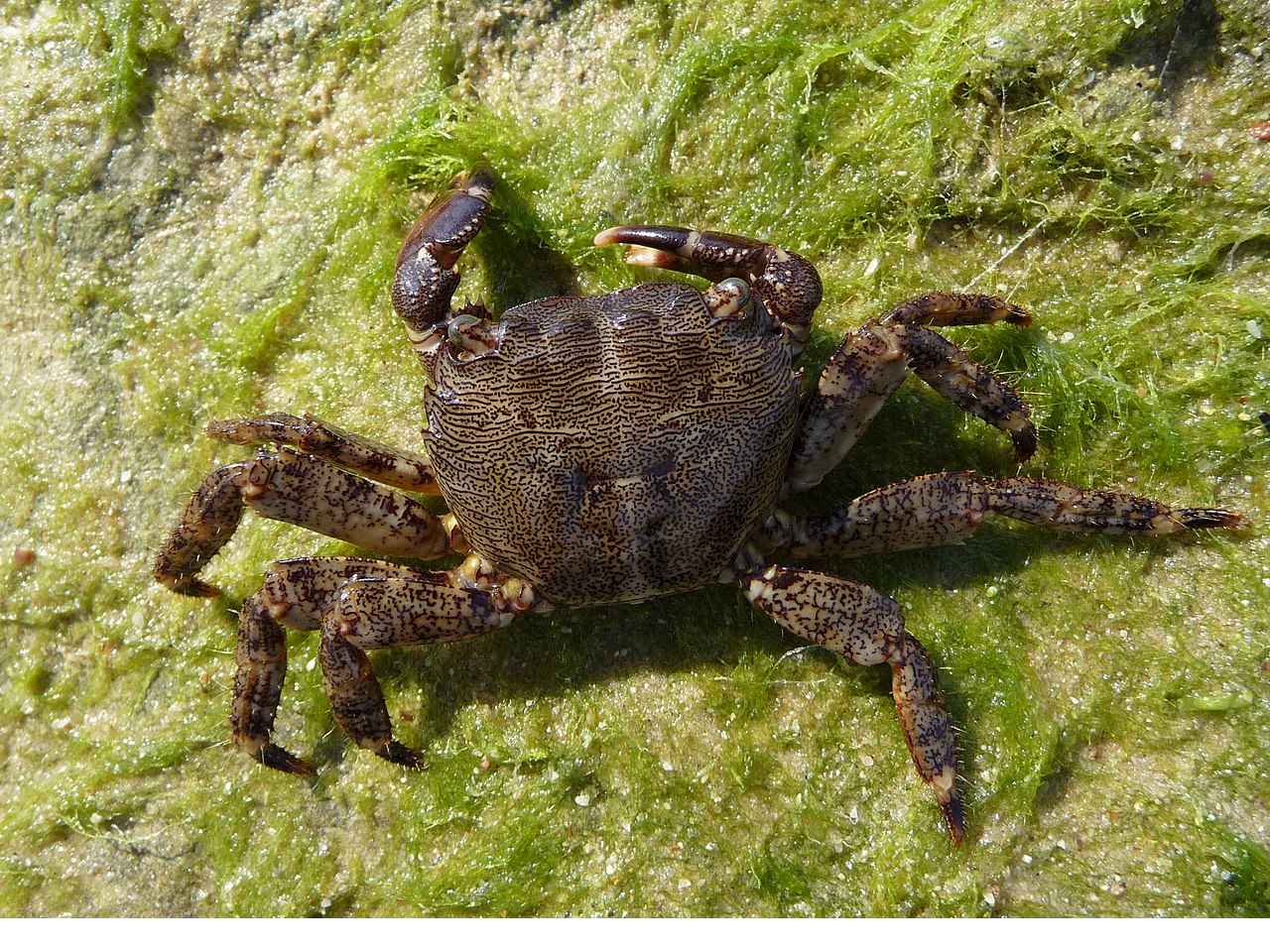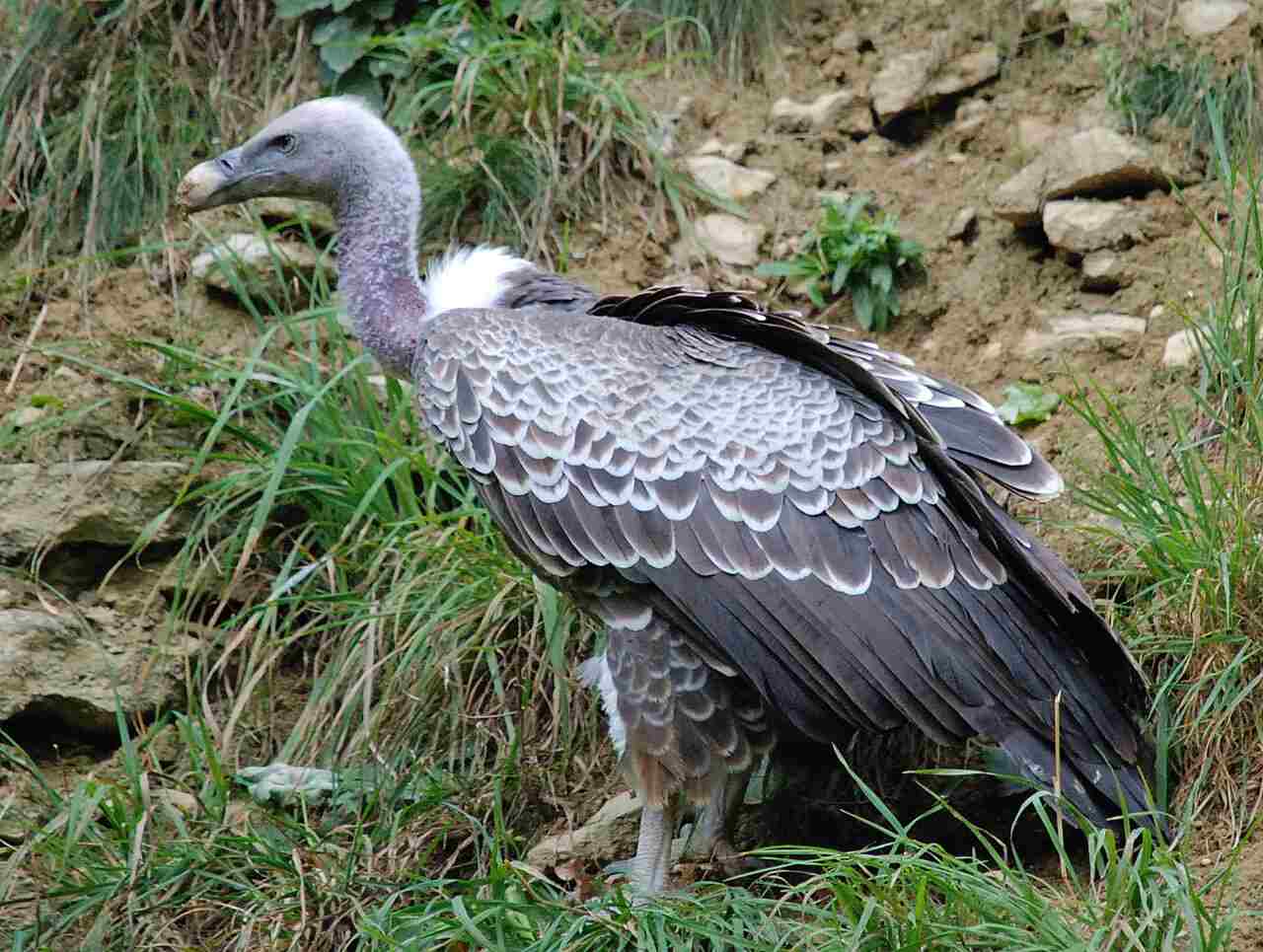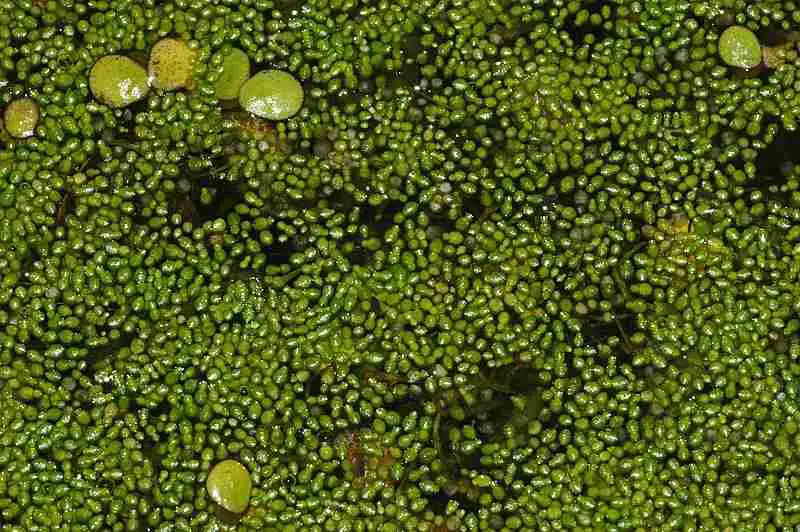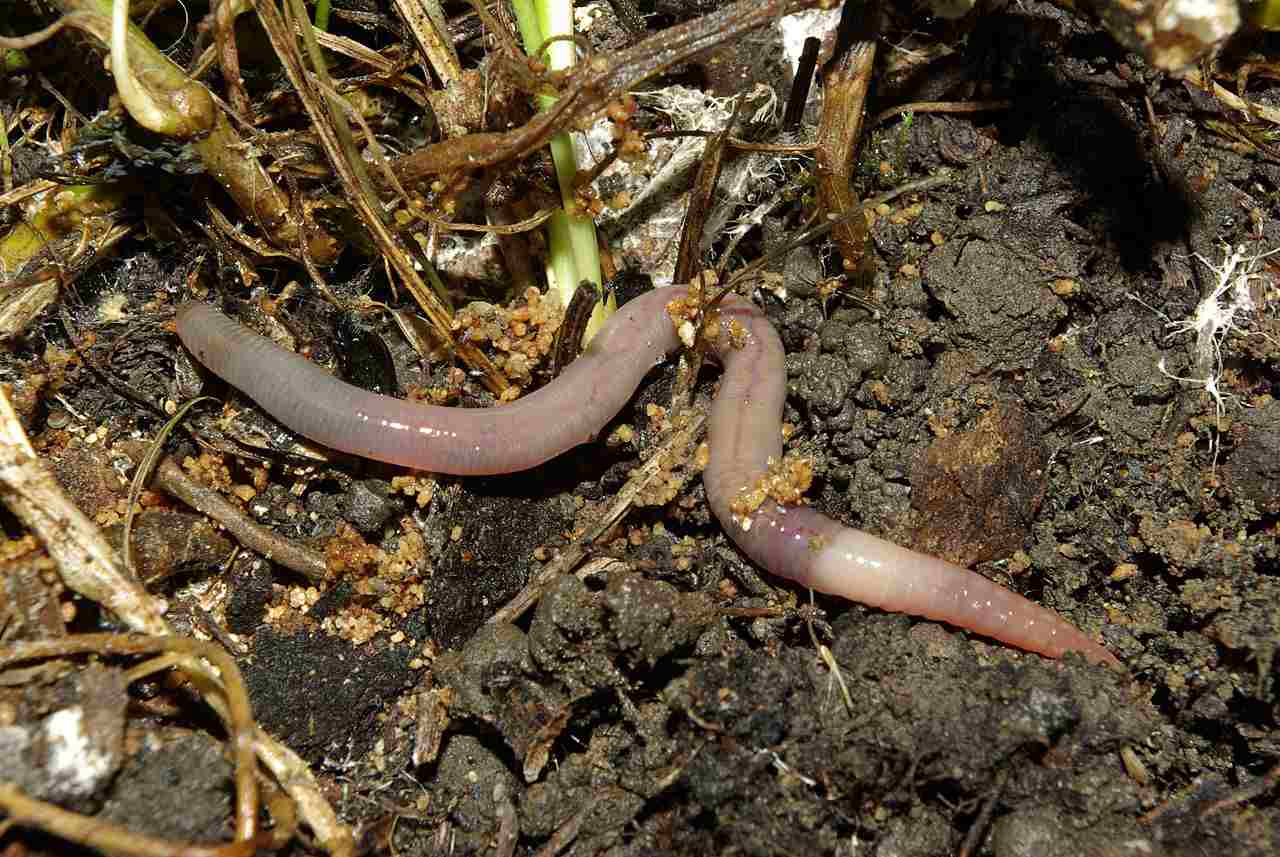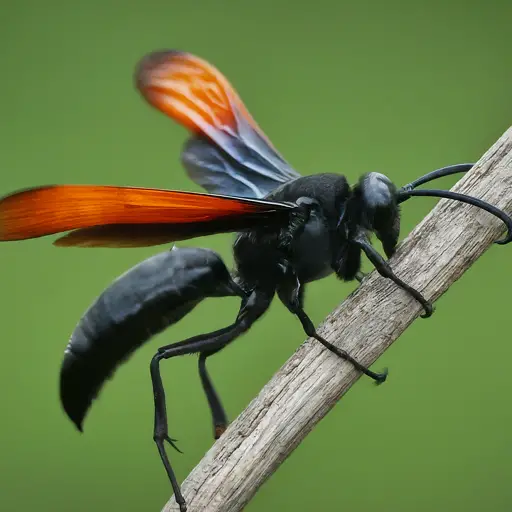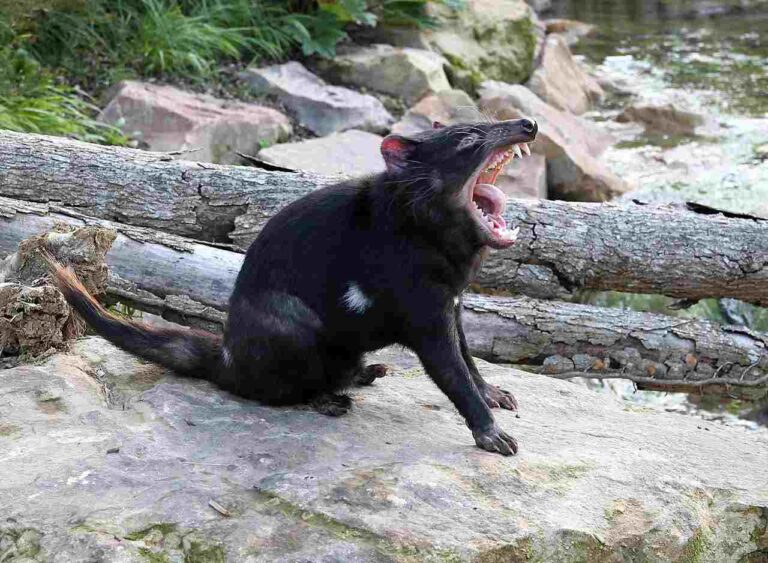7+ Scavengers In Freshwater Biome Discussed
Scavengers in freshwater biomes are essential organisms that contribute to ecosystem health by consuming dead and decaying organic matter. This group includes various species, such as gharials, scuds, narrow-clawed crayfish, aquatic beetles, freshwater turtles, crabs, black bullheads, and spiny-cheek crayfish. These scavengers play a crucial role in nutrient recycling, water quality maintenance, and preventing pollution buildup, while also serving as food for other aquatic predators. Despite their resilience, many scavenger species face threats from habitat loss, pollution, and invasive species, underscoring the importance of conservation efforts to preserve freshwater ecosystems.
1. Gharial
The gharial (Gavialis gangeticus) is a large reptilian scavenger native to freshwater habitats in the Indian subcontinent. Recognizable by its long, narrow snout and sharp teeth, the gharial is well-adapted to a diet of fish, its primary food source. However, this distinct crocodilian is also known to scavenge, consuming carrion when the opportunity arises.
Gharials are primarily found in river systems, where they patrol the waters in search of food. As opportunistic feeders, they will eat dead fish and other animals that they come across in their habitat. Despite their ability to scavenge, gharials tend to prefer live prey, but their scavenging behavior plays an important role in maintaining the cleanliness of their environment by breaking down decaying organic matter.
These reptiles are critically endangered due to habitat loss, pollution, and hunting. Conservation efforts are underway to preserve their natural habitats and protect existing populations. The gharial’s scavenging behavior contributes to the ecological health of freshwater ecosystems by helping to remove dead organisms from the water, thus aiding in nutrient recycling and reducing the risk of waterborne diseases.
2. Scud
Scuds, or amphipods, are small crustaceans that inhabit freshwater environments like rivers, streams, lakes, and ponds. Known for their curved bodies and rapid swimming, they are efficient scavengers, feeding on detritus, dead plant material, algae, and other organic matter. By consuming decomposing materials, scuds play a vital role in breaking down organic matter and recycling nutrients in the ecosystem.
Scuds are an essential part of the food chain in freshwater biomes, serving as prey for fish, birds, and other aquatic animals. Their scavenging activities contribute to maintaining water quality by removing debris and helping to prevent the buildup of potentially harmful substances. Scuds are resilient and can adapt to a variety of environments, making them an important component of freshwater ecosystems.
3. Narrow-Clawed Crayfish
The narrow-clawed crayfish (Astacus leptodactylus) is a freshwater crustacean found in rivers, lakes, and streams across Europe and parts of Asia. As an omnivorous scavenger, it feeds on a variety of organic matter, including dead fish, plant material, insects, and other small organisms. The narrow-clawed crayfish is known for its distinctive long, narrow claws and ability to thrive in different freshwater environments.
As scavengers, narrow-clawed crayfish play a crucial role in the ecosystem by cleaning up dead and decaying matter, thereby reducing pollution and promoting nutrient cycling. They are also a key prey species for larger fish and other predators, making them an important link in the food chain.
However, like many freshwater species, the narrow-clawed crayfish faces threats from habitat loss, pollution, and invasive species. Conservation efforts are important to ensure the continued health and stability of freshwater ecosystems where these crayfish play a critical scavenging role.
4. Aquatic Beetle
Aquatic beetles are a diverse group of insects found in freshwater habitats, including rivers, lakes, and ponds. There are many types of aquatic beetles, but one common trait among them is their adaptability to aquatic environments and their role as scavengers. These beetles feed on a wide range of organic materials, such as dead plants, decaying animal matter, and other debris, contributing to the breakdown and recycling of nutrients in freshwater ecosystems.
Aquatic beetles have specialized adaptations that allow them to thrive in aquatic environments. Many species have streamlined bodies, which help them navigate through water, while others have specialized respiratory structures, such as air sacs or breathing tubes, to access oxygen from the surface. They often play an important role in controlling algae growth and maintaining water quality by consuming decaying matter.
Aquatic beetles are also prey for various aquatic predators, including fish and amphibians. This positions them as an important link in the food chain, connecting primary producers and decomposers with higher trophic levels.
5. Freshwater Turtle
Freshwater turtles are reptiles commonly found in rivers, lakes, ponds, and swamps. They are omnivorous scavengers that play a vital role in their ecosystems by feeding on a variety of organic materials, including dead fish, plant matter, and other decaying organic substances. This scavenging behavior helps maintain water quality by reducing the buildup of decomposing material.
Freshwater turtles have unique adaptations, such as webbed feet for swimming and hard shells for protection. They are known to bask in the sun to regulate their body temperature but are also adept swimmers, allowing them to navigate different freshwater environments. As scavengers, they help keep ecosystems clean and balanced, preventing excessive decay and contributing to nutrient recycling.
In addition to their scavenging role, freshwater turtles are an important prey species for larger predators like birds and mammals. Conservation concerns include habitat loss, pollution, and illegal collection for the pet trade. Efforts to protect freshwater turtles and their habitats are crucial for maintaining the health of freshwater ecosystems where they serve as efficient scavengers and nutrient recyclers.
6. Crab
Freshwater crabs are crustaceans found in various freshwater habitats, such as rivers, streams, lakes, and wetlands. These crabs are scavengers, feeding on dead plant material, decaying animal matter, and other organic debris. Their scavenging behavior plays a critical role in maintaining the health of freshwater ecosystems by breaking down dead organic matter and recycling nutrients.
Freshwater crabs are typically smaller than their marine counterparts and have specialized adaptations for living in freshwater environments. They have robust claws that allow them to manipulate and consume various types of food, including decomposing leaves, dead fish, and small invertebrates. By consuming these materials, freshwater crabs help to reduce pollution and prevent the accumulation of potentially harmful substances in freshwater habitats.
Crabs are also an important prey species for larger animals, including fish, birds, and reptiles. They form a key part of the food web in freshwater biomes, linking the scavenging and predation roles within the ecosystem. Conservation efforts to protect freshwater crabs are crucial, as they face threats from habitat loss, water pollution, and invasive species.
7. Black Bullhead
The black bullhead (Ameiurus melas) is a type of catfish commonly found in freshwater lakes, rivers, and ponds across North America. This fish is a versatile scavenger, feeding on a variety of organic materials, including dead fish, insects, plant matter, and even smaller fish. Black bullheads are equipped with barbels (whisker-like sensory organs) around their mouths, which they use to detect food in murky waters.
As scavengers, black bullheads play a significant role in maintaining water quality and ecosystem health. By consuming dead and decaying matter, they help to prevent the buildup of harmful substances and contribute to nutrient recycling. Their scavenging activities also help to keep freshwater habitats clean by removing potential sources of pollution.
Black bullheads are hardy fish that can tolerate a wide range of environmental conditions, including low oxygen levels and varying water temperatures. This adaptability allows them to thrive in diverse freshwater ecosystems. However, their resilience can sometimes lead to overpopulation, which can impact other species in the ecosystem.
Overall, black bullheads are important scavengers that contribute to the health and balance of freshwater ecosystems. Efforts to manage their populations and protect their habitats help ensure that they continue to play their crucial role in the freshwater biome.
8. Spiny-Cheek Crayfish
The spiny-cheek crayfish (Faxonius limosus), also known as the virile crayfish, is a freshwater crustacean native to North America but has spread to various parts of Europe as an invasive species. This crayfish is known for its robust claws with distinctive spines along the inner edges, hence the name “spiny-cheek.” As a scavenger, it feeds on a wide range of organic materials, including dead fish, decaying plant matter, algae, and other decomposing substances.
In its native habitat, the spiny-cheek crayfish plays an important role in nutrient recycling by consuming and breaking down organic matter, thus contributing to the cleanliness and health of freshwater ecosystems. This scavenging behavior helps reduce pollution and prevents the accumulation of dead and decaying materials in rivers, lakes, and streams.
However, as an invasive species in regions where it is not native, the spiny-cheek crayfish can cause ecological disruptions. Its scavenging activities can lead to increased turbidity in the water and disturb native plant life, impacting the habitat for other aquatic species. Additionally, it competes with native crayfish and other organisms for resources, potentially displacing them from their niches.
Despite these challenges, spiny-cheek crayfish are crucial scavengers in freshwater environments. They serve as a food source for various predators, including fish, birds, and mammals, forming an integral part of the food web. Managing their populations and minimizing their impact as an invasive species is essential to maintain the balance of freshwater ecosystems. Efforts to control their spread include trapping and monitoring to ensure that their scavenging benefits do not result in broader ecological harm.
*Summary
-
Gharial:
-
Large freshwater reptile with a long, narrow snout.
-
Feeds mainly on fish but also scavenges dead animals.
-
Plays a role in maintaining freshwater ecosystems by consuming carrion.
-
Critically endangered due to habitat loss and hunting.
-
-
Scud:
-
Small crustaceans commonly found in freshwater.
-
Efficient scavengers that feed on detritus and organic matter.
-
Help recycle nutrients and maintain water quality.
-
Serve as prey for fish, birds, and other aquatic animals.
-
-
Narrow-Clawed Crayfish:
-
Freshwater crustacean with distinctive narrow claws.
-
Scavenges dead fish, plant material, and other organic matter.
-
Plays a crucial role in ecosystem health and nutrient cycling.
-
Faces threats from habitat loss and invasive species.
-
-
Aquatic Beetle:
-
A diverse group of insects adapted to freshwater environments.
-
Scavenges a wide range of organic materials, contributing to nutrient recycling.
-
Important for controlling algae growth and maintaining water quality.
-
Preyed upon by fish, amphibians, and other predators.
-
-
Freshwater Turtle:
-
Reptiles that inhabit various freshwater environments.
-
Omnivorous scavengers feeding on dead fish, plant matter, and decaying substances.
-
Help reduce pollution and maintain ecosystem balance.
-
Threatened by habitat loss and the illegal pet trade.
-
-
Crab:
-
Freshwater crustaceans found in rivers, streams, and lakes.
-
Scavenge decaying plant material, animal matter, and other organic debris.
-
Contribute to nutrient cycling and ecosystem health.
-
Serve as prey for fish, birds, and reptiles.
-
-
Black Bullhead:
-
A type of catfish native to North America.
-
Scavenges dead fish, insects, plant matter, and smaller fish.
-
Plays a significant role in water quality and ecosystem health.
-
Adaptable to various freshwater conditions.
-
-
Spiny-Cheek Crayfish:
-
Freshwater crustacean native to North America, invasive in Europe.
-
Scavenges a wide range of organic materials, aiding nutrient recycling.
-
Can cause ecological disruptions as an invasive species.
-
Important as a food source for various predators in freshwater ecosystems.
-
| Scavenger |
Role and Characteristics
|
| Gharial |
Large freshwater reptile with a long, narrow snout; primarily feeds on fish, but also scavenges dead animals; plays a role in maintaining freshwater ecosystems; critically endangered due to habitat loss and hunting.
|
| Scud |
Small crustaceans; efficient scavengers that feed on detritus and organic matter; help recycle nutrients and maintain water quality; serve as prey for fish, birds, and other aquatic animals.
|
| Narrow-Clawed Crayfish |
Freshwater crustacean with distinctive narrow claws; scavenges dead fish, plant material, and other organic matter; plays a crucial role in ecosystem health and nutrient cycling; faces threats from habitat loss and invasive species.
|
| Aquatic Beetle |
Diverse group of insects; scavenges a wide range of organic materials, contributing to nutrient recycling; important for controlling algae growth and maintaining water quality; preyed upon by fish, amphibians, and other predators.
|
| Freshwater Turtle |
Reptiles in various freshwater environments; omnivorous scavengers feeding on dead fish, plant matter, and decaying substances; help reduce pollution and maintain ecosystem balance; threatened by habitat loss and the illegal pet trade.
|
| Crab |
Freshwater crustaceans; scavenge decaying plant material, animal matter, and other organic debris; contribute to nutrient cycling and ecosystem health; serve as prey for fish, birds, and reptiles.
|
| Black Bullhead |
Catfish native to North America; scavenges dead fish, insects, plant matter, and smaller fish; plays a significant role in water quality and ecosystem health; adaptable to various freshwater conditions.
|
| Spiny-Cheek Crayfish |
Freshwater crustacean native to North America, invasive in Europe; scavenges a wide range of organic materials, aiding nutrient recycling; can cause ecological disruptions as an invasive species; important as a food source for various predators in freshwater ecosystems.
|
